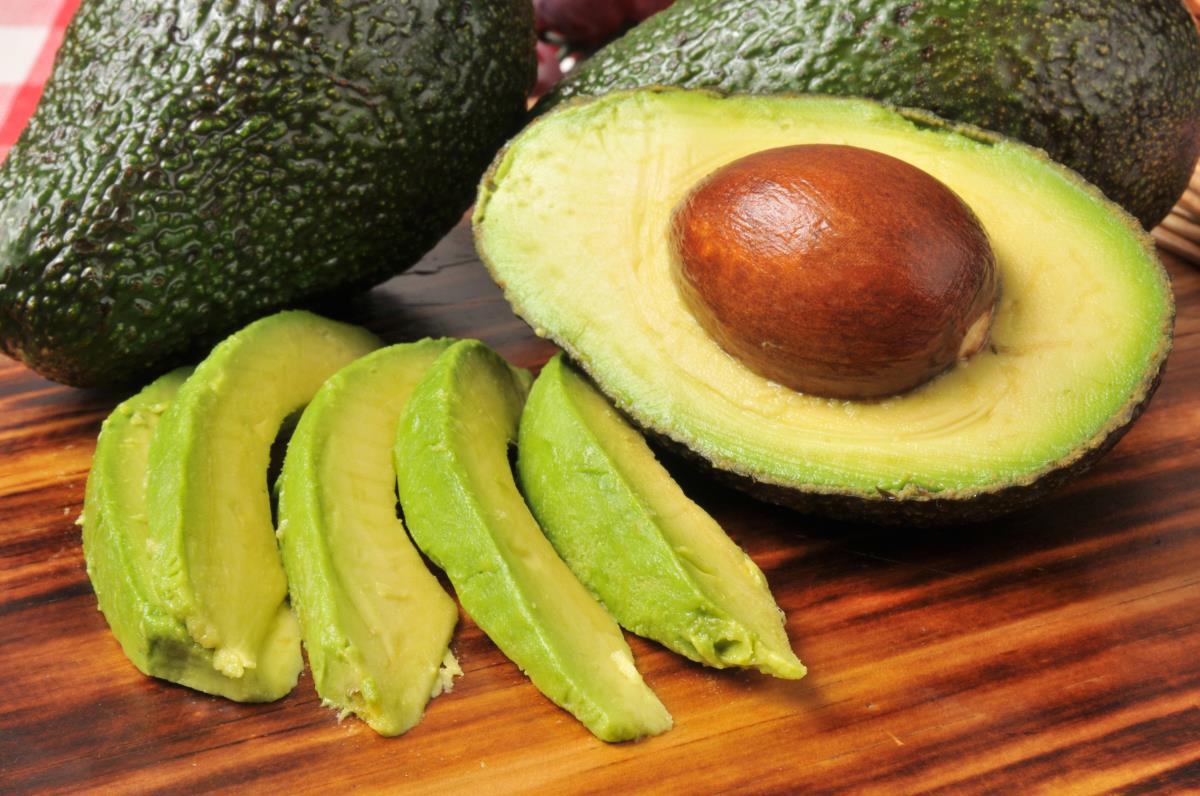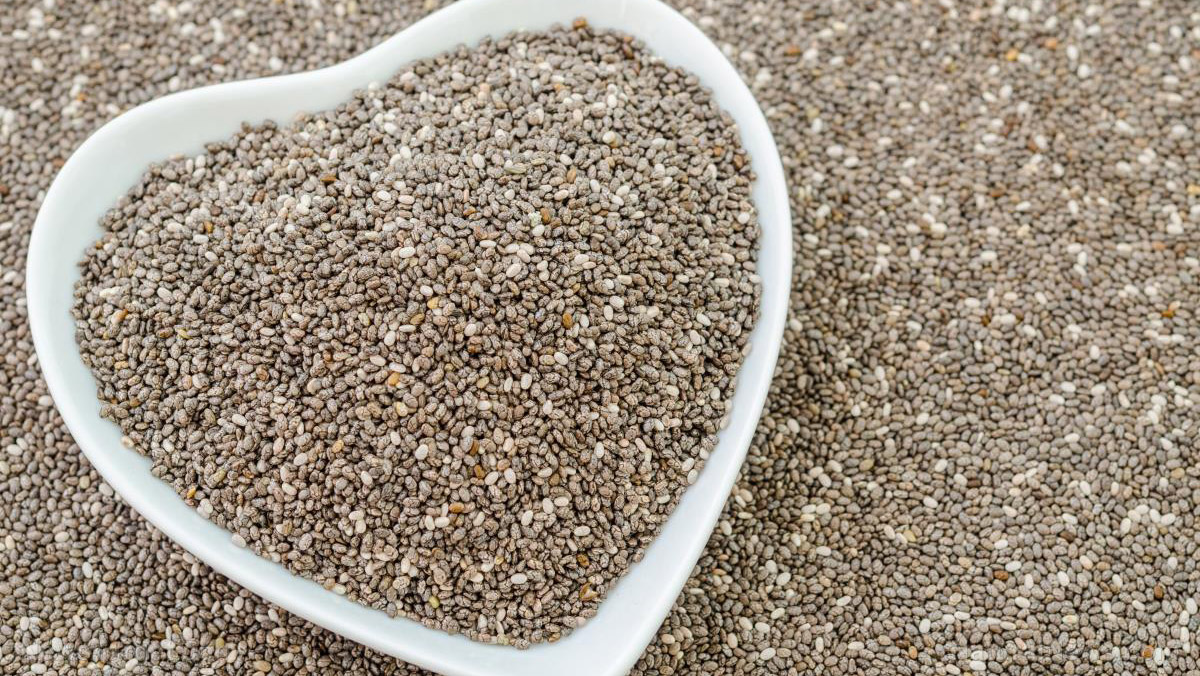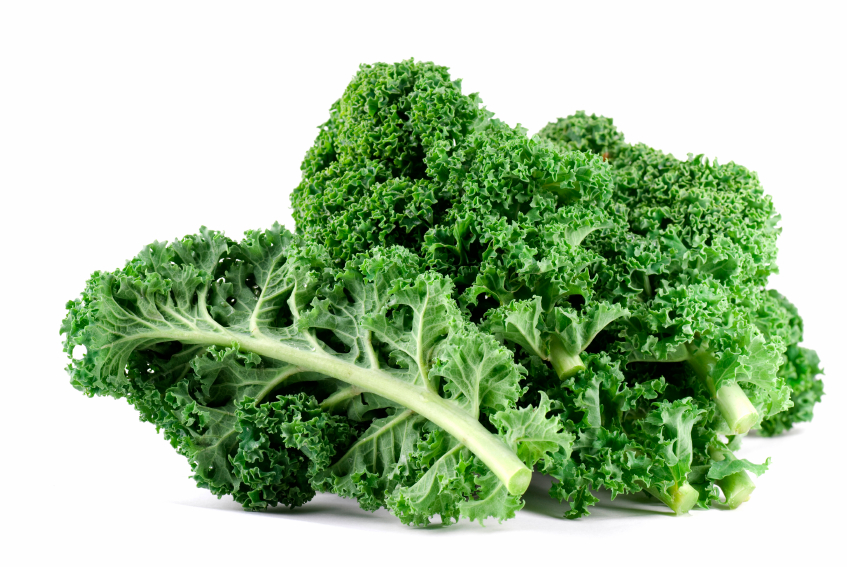Around 12,000 Britons are being poisoned every year from contaminated oysters
02/19/2019 / By Carol Anderson

Health organizations have been eyeing oysters for the possibility of carrying the E. coli bacteria, but what they have been missing is that these bivalves are carrying something more dangerous – the norovirus.
Recent studies showed that 69 percent of oysters sold in the U.K. market is infected with norovirus and is responsible for poisoning 12,000 locals each year. This was discovered after scientists at the Center for Environment, Fisheries and Aquaculture Science (CEFAS) bought 630 oysters online and tested them for the virus.
James Lowther from CEFAS said, “Contamination of bivalve shellfish, particularly oysters, with norovirus is recognized as a food safety risk.”
There were 145 reported norovirus outbreaks across England between the months of January and March. In addition, there were 4,100 reported cases between last autumn and March. Experts say the number of cases is more likely higher than what has been reported so far, as some people who are contaminated don’t bother seeing healthcare practitioners.
It is said that human sewage and farm waste, which find their way to the sea, are the culprits behind the outbreak. Moreover, after grouping the oysters according to where they were sourced, it appeared that the shellfish that came from Holland carried fewer viruses. On the other hand, those sourced from the U.K. were highly contaminated.
Although the majority of the people infected with norovirus recover from it, there are at least 200,000 cases of death every year – several hundreds of which are from the U.K. Even more alarming, cases of norovirus caused by raw oysters have also been reported in California and in Canada.
More on the norovirus
Norovirus is a contagious virus which anyone can get from someone who is already infected; from contaminated food or water; or by coming into contact with contaminated surfaces. It inflames the stomach or the intestines, causing abdominal pain, as well as nausea, diarrhea and vomiting.
Raw oysters carrying the norovirus can harm anyone but it is especially dangerous for children, older adults, pregnant women, and people with weak immune systems. After consuming contaminated food, symptoms of the virus will most likely appear within the next 12 to 48 hours.
Since the symptoms include vomiting and diarrhea, cases can easily result in dehydration, which often requires patients to receive IV fluids. (Related: After years of suppression, scientists finally admit copper destroys norovirus (and so does silver.)
Proper handling of oysters and the norovirus
Any raw shellfish is prone to carrying dangerous pathogens. This is why the U.S. Centers for Disease Control and Prevention (CDC) recommend cooking such foods, especially oysters, under temperatures of at least 145 degrees. The agency added, the norovirus and other dangerous bacteria, parasites and viruses cannot be killed by quick steaming.
Furthermore, in the event of a contamination, it is important to remember these tips for proper management and prevention of the contagious virus:
- Don’t let contaminated people handle food preparations. For those who have recovered, give it at least two days before letting them back into the kitchen.
- Properly wash and disinfect any piece of clothing and linens which may have been exposed to a contaminated person. Soiled items must be handled carefully and should not be exposed to other parts of the house to prevent spreading the virus.
- Proper hygiene is very important to lower the risk of contamination. Always wash your hands with soap and water and dry them thoroughly. If there is no soap and water available, alcohol-based products will do.
- If there had been places or surfaces which may have been contaminated – for example, a person with norovirus vomited on a countertop – immediately clean that spot with bleach-based products. This will help stop the spread of the virus.
Read more articles on food safety at CleanFoodWatch.com.
Sources include:
Tagged Under: contagious, Contaminated Food, food pathogens, food safety, norovirus, oysters, pathogens, raw foods, seafood, viral infections, virus



















